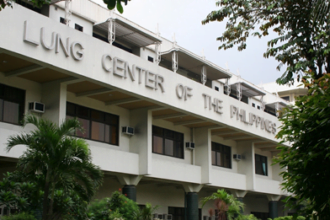Physicians are understandably skeptical about the validity and usefulness of patient satisfaction and experience ratings. Yet after reading Moving the needle on satisfaction scores in Today’s Hospitalist, I’m encouraged to see how at least some provider organizations are using the data effectively for quality improvement. The article discusses the experience of hospitalists at Seton Health St. Mary’s in Troy, NY. The hospitalist program director, Dr. Ned Jaleel acknowledges concerns that the scores are unfair because they may be affected by things the hospitalists can’t control (like bad food and rooms). But he counters those objections by noting that the scores of individual hospitalists tend to be consistent over time and that the scores are highly correlated with assessments of hospitalists’ communication skills by nurses and fellow physicians. Jaleel’s group focuses on improving basic communications skills using the acknowledge/introduce/duration/explanation/thank (AIDET) framework:
The principles advocate some simple techniques, like remembering to smile when speaking to patients and sitting down instead of standing by the bedside, giving patients the sense that doctors are spending more time with them. But the bulk of AIDET training, Dr. Jaleel explains, is “a bare-bones education on communication, using a scripting method when interacting with patients.”
Most physicians assume, he adds, that “we can go see patients and they know who we are and what service we’re from—and that’s really not the case.” Instead, hospitalists have been instructed to repeat “I am the hospitalist” and give patients some personal background. Scores have been rising so that about 45 percent of physicians receive “excellent” scores now compared with less than 20 percent a year ago before the improvement program began. Performance improvements are rewarded with modest financial incentives. I wouldn’t want hospitalists to focus exclusively on patient satisfaction, but clearly there’s tremendous room for improvement in communication if application of the AIDET concepts is still relatively rare. Beyond these remedial efforts, it’s also encouraging to see the hospitalists start to figure out what comes next. In this case they are starting post-discharge phone calls to patients who have recently been sent home. It seems so obvious to me (and most patients) that this would be valued, but at least the hospitalists are beginning to catch on.
Another recent innovation—post-discharge calls— has had “an immediate impact in improving our scores,” says Dr. Jaleel. In its current iteration, hospitalists don’t make those phone calls.
However, the calls have had such a dramatic effect on patient satisfaction scores that hospitalist post-discharge calls will soon be implemented. Under that program, which will be voluntary for the doctors, each hospitalist will receive a list of patients he or she discharged the previous week. The group will also assign a certain number of RVUs to each call. Let’s hope patients start raising their expectations of excellence and that hospitalists and other physicians continue to use the feedback they receive to bring all providers up to an acceptable level of performance and then to push well beyond today’s norms.








